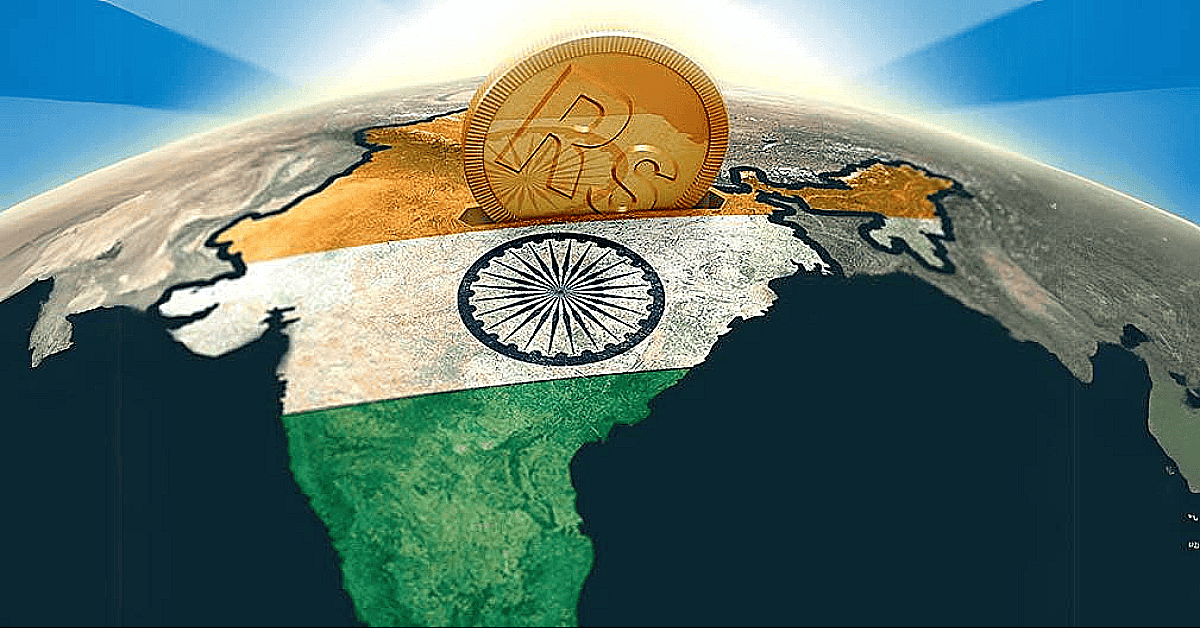The idea that only India faces problems while other countries remain unaffected is a misconception. Every nation in the world grapples with its own set of challenges, shaped by its unique history, culture, and circumstances. This statement is not accurate because issues such as economic instability, political conflict, environmental concerns, and social inequality are global phenomena affecting nations everywhere.
However, I can provide an overview of the most pressing issues faced by countries across different regions.
Specific Problems by Region and Country
North America
- United States: Income inequality, racial tensions, gun violence, healthcare costs, political polarization, and climate change impacts (wildfires, hurricanes).
- Canada: Indigenous rights, housing affordability, environmental protection, and immigration issues.
- Mexico: Drug cartels and organized crime, corruption, poverty, and political instability.
South America
- Brazil: Deforestation in the Amazon, political corruption, economic inequality, and violent crime.
- Argentina: High inflation, debt crises, and economic instability.
- Venezuela: Severe political crisis, hyperinflation, mass migration, and humanitarian issues.
- Colombia: Ongoing issues with drug trafficking, corruption, and peace process implementation after decades of civil conflict.
Europe
- United Kingdom: Brexit-related economic challenges, housing crisis, healthcare pressures, and political divisions.
- Germany: Immigration integration, energy dependence (especially in light of the Russia-Ukraine conflict), and an aging population.
- France: Public protests over labor reforms, social inequality, and high unemployment among youth.
- Italy: Economic stagnation, high public debt, and political instability.
- Spain: Catalonia’s independence movement, economic inequality, and high youth unemployment.
- Russia: Economic sanctions due to the Ukraine conflict, authoritarian governance, and human rights issues.
Africa
- Nigeria: Terrorism (Boko Haram), corruption, poverty, and ethnic conflicts.
- South Africa: High crime rates, inequality, unemployment, and corruption.
- Kenya: Corruption, poverty, and political instability.
- Ethiopia: Ongoing conflict in the Tigray region, famine, and political tensions.
- Sudan: Civil wars, humanitarian crises, and political instability.
- Democratic Republic of Congo: Civil unrest, resource exploitation, and conflict over minerals.
Asia
- China: Human rights concerns (Uyghur treatment), environmental pollution, income inequality, and political suppression.
- India: Population growth, poverty, unemployment, religious tensions, and environmental pollution.
- Japan: Aging population, declining birth rates, and economic stagnation.
- South Korea: Rising youth unemployment, low birth rates, and tensions with North Korea.
- North Korea: Authoritarian regime, poverty, and nuclear tensions.
- Pakistan: Terrorism, economic instability, political corruption, and regional tensions with India.
- Afghanistan: Taliban governance, humanitarian crises, terrorism, and poverty.

Middle East
- Saudi Arabia: Human rights concerns, regional conflicts (e.g., Yemen), and dependence on oil.
- Iran: Economic sanctions, political repression, and nuclear tensions.
- Syria: Ongoing civil war, refugee crisis, and humanitarian issues.
- Israel: Ongoing conflict with Palestine, regional tensions, and security threats.
- Lebanon: Economic collapse, political instability, and humanitarian crises.
- Iraq: Post-war rebuilding, corruption, terrorism, and sectarian violence.
Oceania
- Australia: Climate change (bushfires, droughts), Indigenous rights, and immigration policies.
- New Zealand: Housing affordability, climate change, and addressing the rights of Indigenous Māori people.
Southeast Asia
- Philippines: Drug-related violence, poverty, and political corruption.
- Indonesia: Deforestation, natural disasters (earthquakes, tsunamis), and income inequality.
- Vietnam: Environmental degradation, economic inequality, and political repression.
- Myanmar: Ongoing civil conflicts, political instability, and the Rohingya refugee crisis.
- Thailand: Political unrest, human trafficking, and income inequality.
Common Problems Across Countries
- Economic Inequality: Widening gap between the rich and poor in both developed and developing nations.
- Corruption: A pervasive issue in governance that hampers development and trust.
- Climate Change: Rising temperatures, loss of biodiversity, and environmental disasters.
- Political Instability: Revolutions, coups, and instability, particularly in countries with weak governance structures.
- Public Health: Issues like pandemics, poor healthcare access, and chronic diseases affect many nations.
- Social Unrest: Protests related to inequality, human rights violations, and political repression.
Problems are not confined to any one country; they are widespread and varied. For example, while India might struggle with issues like poverty and infrastructure development, other countries face their own pressing concerns. These issues are often interconnected, reflecting broader global patterns rather than isolated national problems.
Understanding that each country deals with its own challenges helps foster a more nuanced view of global affairs, emphasizing that no nation is entirely free from difficulties.
No country is immune to problems, but the nature and scale of those problems vary based on regional, historical, and socio-political factors.
